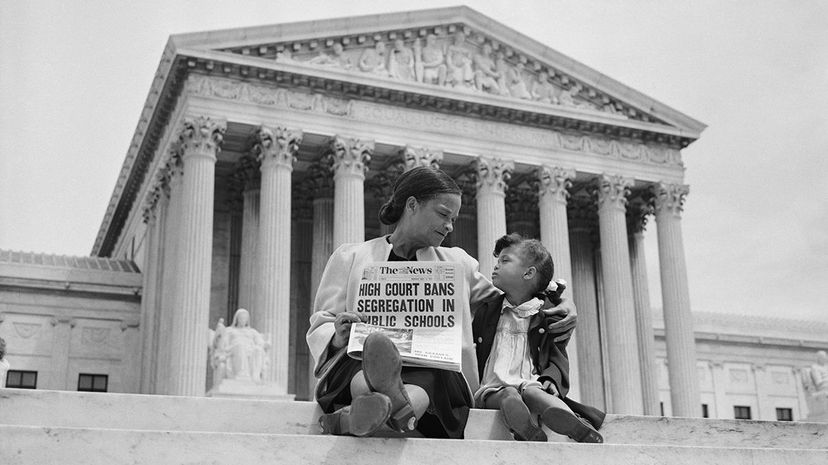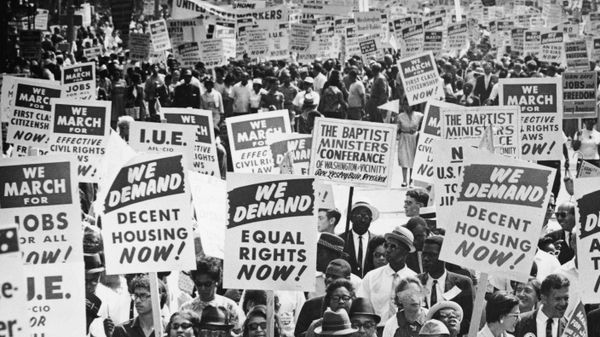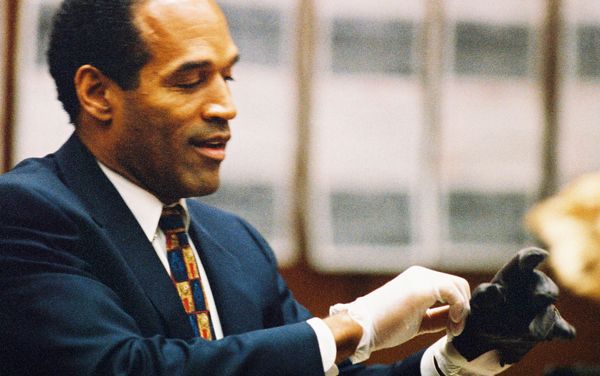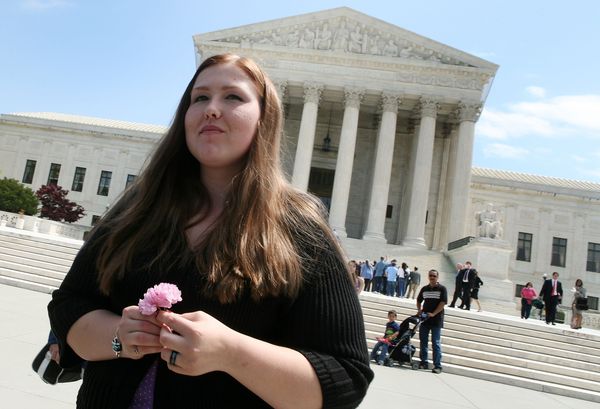
There's a reason why, among thousands of important Supreme Court cases in United States' history, Brown v. Board of Education may come to mind first. The impact of the decision changed the face of public education in the U.S. and set the stage for the civil rights movement of the 20th century.
The case caused such a sea change in America that hosts Tracy V. Wilson and Holly Frey spend an episode of Stuff You Missed in History Class explaining how it begins to crack Jim Crow — laws that enforced segregation in the post-Reconstruction American South — and follow up with another episode detailing the enormous reverberations of the decision.
Advertisement
Brown v. Board of Education was just one of the five class-action cases brought by the National Association for the Advancement of Colored People (NAACP) to force white schools to integrate. (It was simply the first title on the docket.) Thurgood Marshall, who was later appointed a Supreme Court justice, argued for the NAACP. Simply saying black schools weren't funded as well or white schools were nicer — although both were undeniable — didn't satisfy him. Marshall's use of psychological studies and research convinced the Court that segregation caused actual harm to black children, creating emotional distress and mental trauma.
But Brown v. Board didn't just appear from thin air — it was the product of a long history of segregative mandates and opposition to them. Plessy v. Ferguson (1896) established that "separate but equal" facilities, segregated along racial lines, were constitutionally protected. The NAACP, founded in 1909, challenged discriminatory laws like these.
By the 1930s, the NAACP had started targeting law schools that wouldn't admit black students. Some states didn't have a law school that admitted African-Americans, so many black students didn't have a separate (let alone equal) facility where they could get an education. In Gaines v. Canada (1938), the Supreme Court ruled that the University of Missouri couldn't offer a black student a scholarship to a law school outside the state as "equal"; they either had to build a new law school for black students in-state or integrate. The decision, while limited in its scope, was a bellwether for public education.
But that doesn't mean the road to equality in education was easy. While the NAACP continued to have success in cases involving segregation at universities (like McLaurin v. Oklahoma State Regents for Higher Education and Sweatt v. Painter in 1950), it wasn't until the early 1950s when the organization began to advance cases that addressed discrimination in lower education.
On May 17, 1954, the Court decided to overturn Plessy v. Ferguson in public schools. And a year later, the Court ordered the states to integrate "with all deliberate speed." But as Holly and Tracy point out, that was just the beginning of the fight against Jim Crow. Click the podcast player in this article above to learn more about how Brown v. Board evolved, then head to the Stuff You Missed in History Class site to listen to a podcast about the impact of the decision.
Advertisement


